PBS The Shape of Life Disc 4: Bones, Brawn, and Brains (Chordates) (2002)
 Index
Index
PBS The Shape of Life Disc 4: Bones, Brawn, and Brains (Chordates) (2002) |
 Index Index
|
|
| 5:30 | Florida Lancelet (Amphioxos) | 8:00 | Pikaia fossil lived 500 MYA, has nerve cord , gill slits, notochord and has same genes for development as other vertebrates | 13:10 | Larger vertebrates evolved by quadrupling of genes, allowing neural crest cells |
| 15:00 | Great White Shark has jaws | 16:10 | Sea Squirts (Tunicate) siphon water but have no backbone | 16:30 | Salp is a tunicate |
| 16:40 | Salp can string together to reproduce | 17:15 | Giant Larvacean filter feeds | 17:50 | Predatory Tunicate |
| 20:00 | "Boris" Acanthostega fossil (transitional tetrapod) used both gills and lungs 360 MYA (Cambridge, Endland) | 25:00 | Fossil tracks 370 MYA (Valentia Island, Ireland) | 27:30 | Monitor Lizard can lay eggs on land , climb trees, and swim |
| 29:00 | King Cobra has lost its legs, eats Rat Snake | 31:15 | Giant Anaconda hunts Capybara (Venezuela) | 36:00 | Thunder Lizard (Brontosaurus) grew quickly in spurts as shown in its bones (Bozeman, Montana) |
| 44:30 | African Elephant | 48:00 | Anthropoid apes: Gorilla Chimpanzee Orangutan Gibbon |
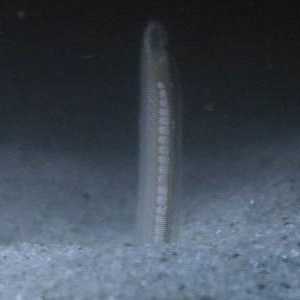 5:30 Florida Lancelet (Amphioxos) |
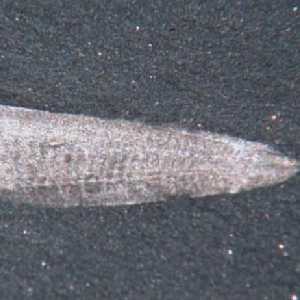 8:00 Pikaia fossil |
8:00 nerve cord , gill slits, notochord |
8:00 genes |
13:10 neural crest cells |
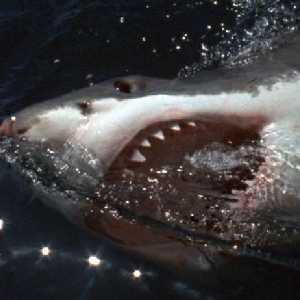 15:00 Great White Shark |
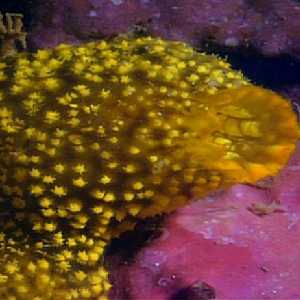 16:10 Sea Squirts |
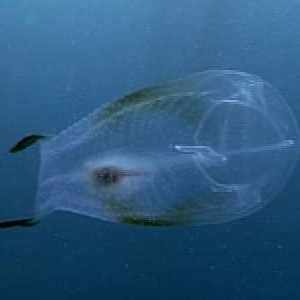 16:30 Salp |
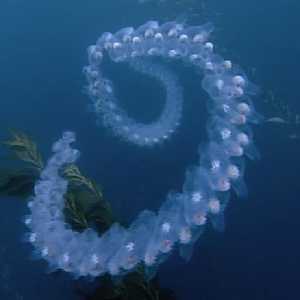 16:40 Salp can string together to reproduce |
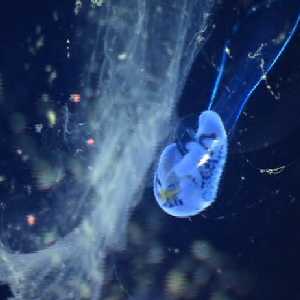 17:15 Giant Larvacean |
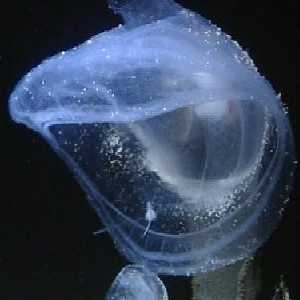 17:50 Predatory Tunicate |
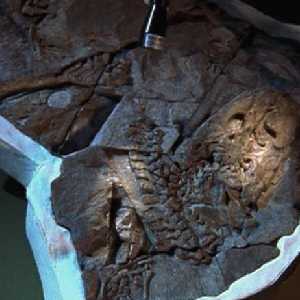 20:00 Acanthostega fossil (transitional tetrapod) |
25:00 Fossil tracks |
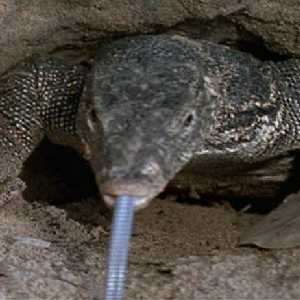 27:30 Monitor Lizard can lay eggs on land |
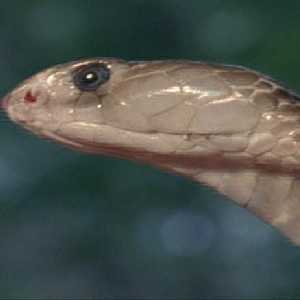 29:00 King Cobra |
29:00 Rat Snake |
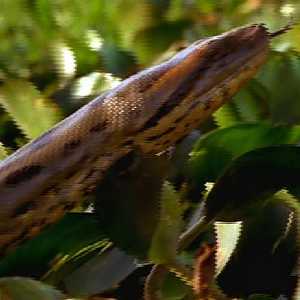 31:15 Giant Anaconda |
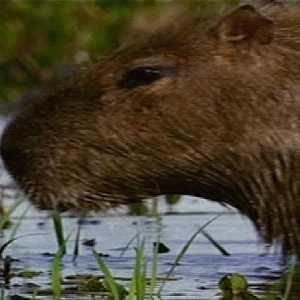 31:15 Capybara |
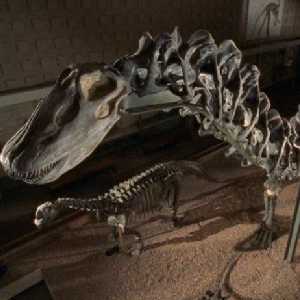 36:00 Thunder Lizard (Brontosaurus) |
36:00 bones |
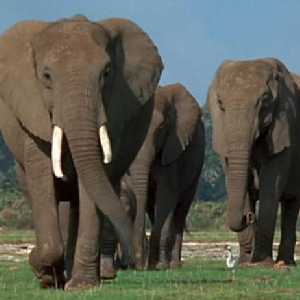 44:30 African Elephant |
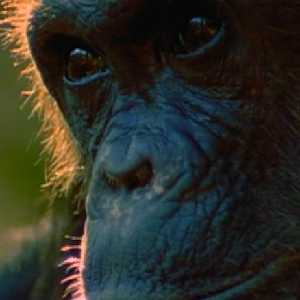 48:00 Gorilla |
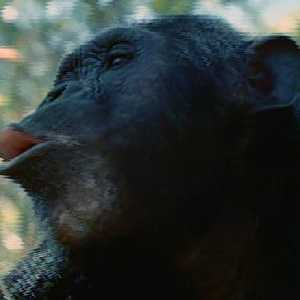 48:00 Chimpanzee |
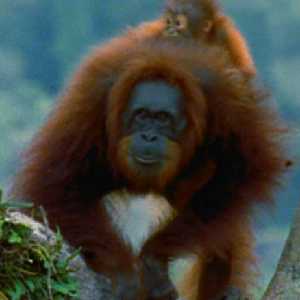 48:00 Orangutan |
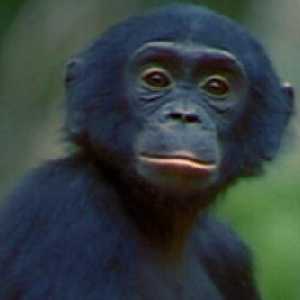 48:00 Gibbon |
| Index | Mar 17, 2010 |  Peter Chen Peter Chen |